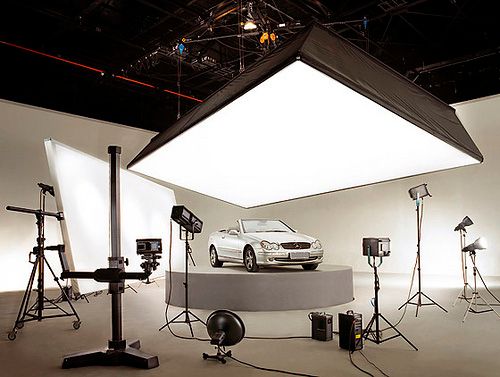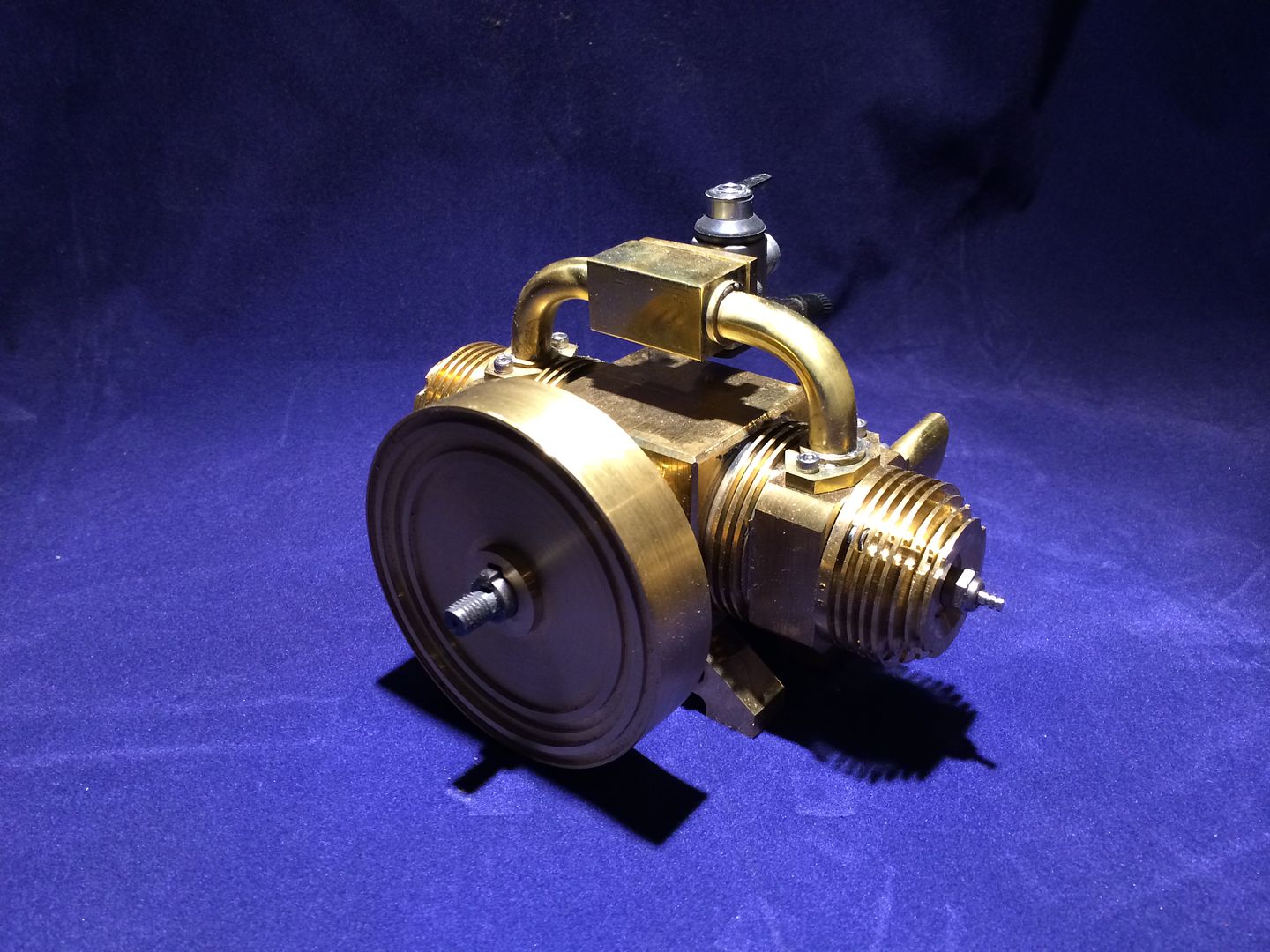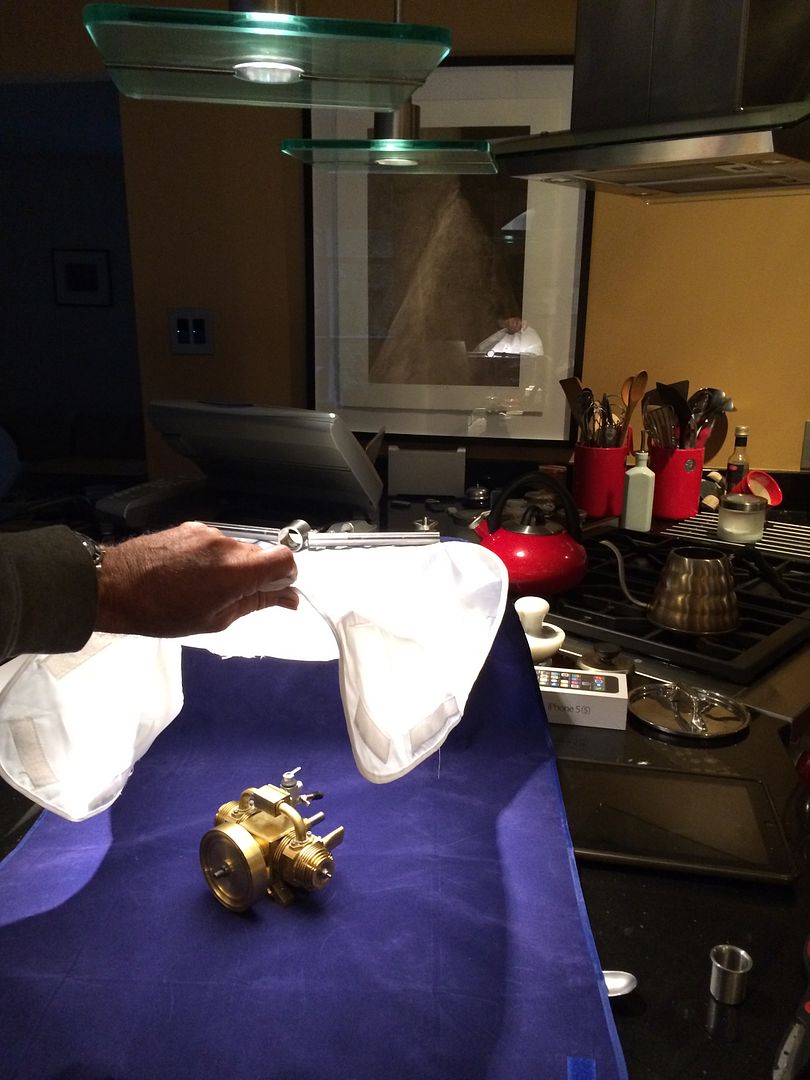Photographing your engines - Part 1 of 3Having taught product photography and digital imaging for 33 years, I thought I'd write down a few thoughts on photographing your engines.
Fortunately (for you) I caught myself getting into technical mode in the first draft, smacked my hand, said "Stop that!", and started over. If anyone IS interested in the derivation of f/stop diameter or the Inverse Square Law, PM me. Boredom is virtually guaranteed. The last paper I wrote for the Journal of Photographic Scientists and Engineers did have them dancing in the aisles.
I've pared this down to three areas:
1. Lighting
2. Lens choice (or zoom choice)
3. Focus and Depth of Field
Part 1 - Lighting
Most of what we make is highly reflective (some more than others).When we photograph reflective objects, we're actually photographing the light source and everything around it. The idea here, is to make the light source larger than the engine. While we do have a much easier job than the people who photograph automobiles which are all reflective surfaces, the problem is the same , but on a much smaller scale. They are using light sources that are much larger than the car. On the order of 40 feet x 20 feet.

Let's use almost any small engine as an example. How do we get a light source that is on the order of 2 feet x 2 feet?
Caution: sort of technical stuff here.
Virtually all light sources (except electroluminescent panels) are called point sources. The filament in a light bulb, the flash in your camera, etc. The sun is really big, but at 93,000,000 miles, it too is a point source. In the light bulb, the sun, etc, the light source is much smaller than the engine. Use one of those and all you've got are little spots of light reflecting from the engine and very black shadows.
But, (technical stuff is done), if we hang, for example, a 2 foot x 2 foot piece of tracing paper or frosted acetate or tissue paper between the point light source and the engine, that paper has now become the light source. A source that, positioned 6 or 8 inches from the engine, is huge. It's all a matter of scale.
Bill Reichart's Siamese Bee I.C Engine
shot with my iPhone 5S
Point source (overhead LED kitchen fixture)

Thin nylon fabric between the light and the engine.

The result

Remember the sun? Point source. How about putting something between it and the engine. Cloud layer? Overcast day. That is now the light source; not the sun, and it's big.
Shade?
Sure. The direct sun is now out of the equation. The source is now the sky. Another broad (non-point) light source.
So the simple answer to lighting highly reflective object is: any light source that is larger than the subject.
The next part will be lens or zoom selection.
Hope this was useful.